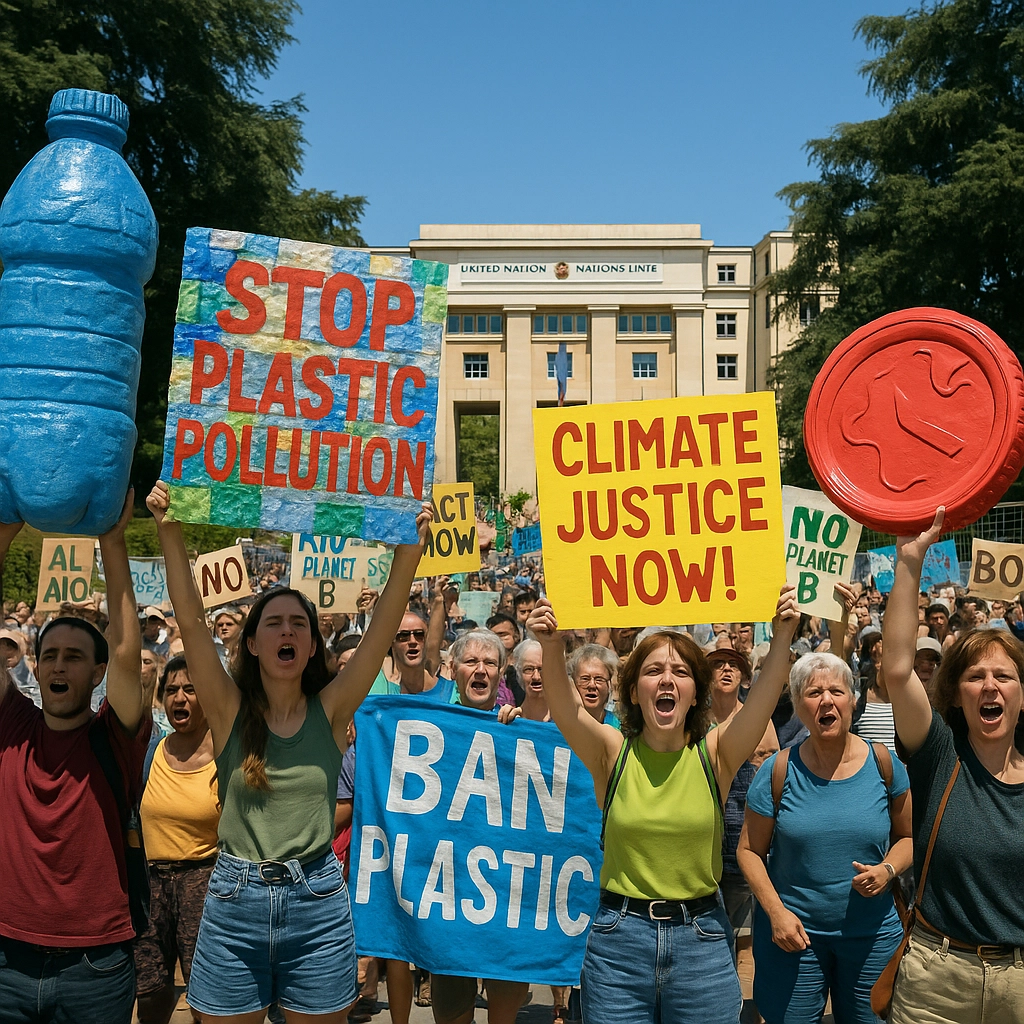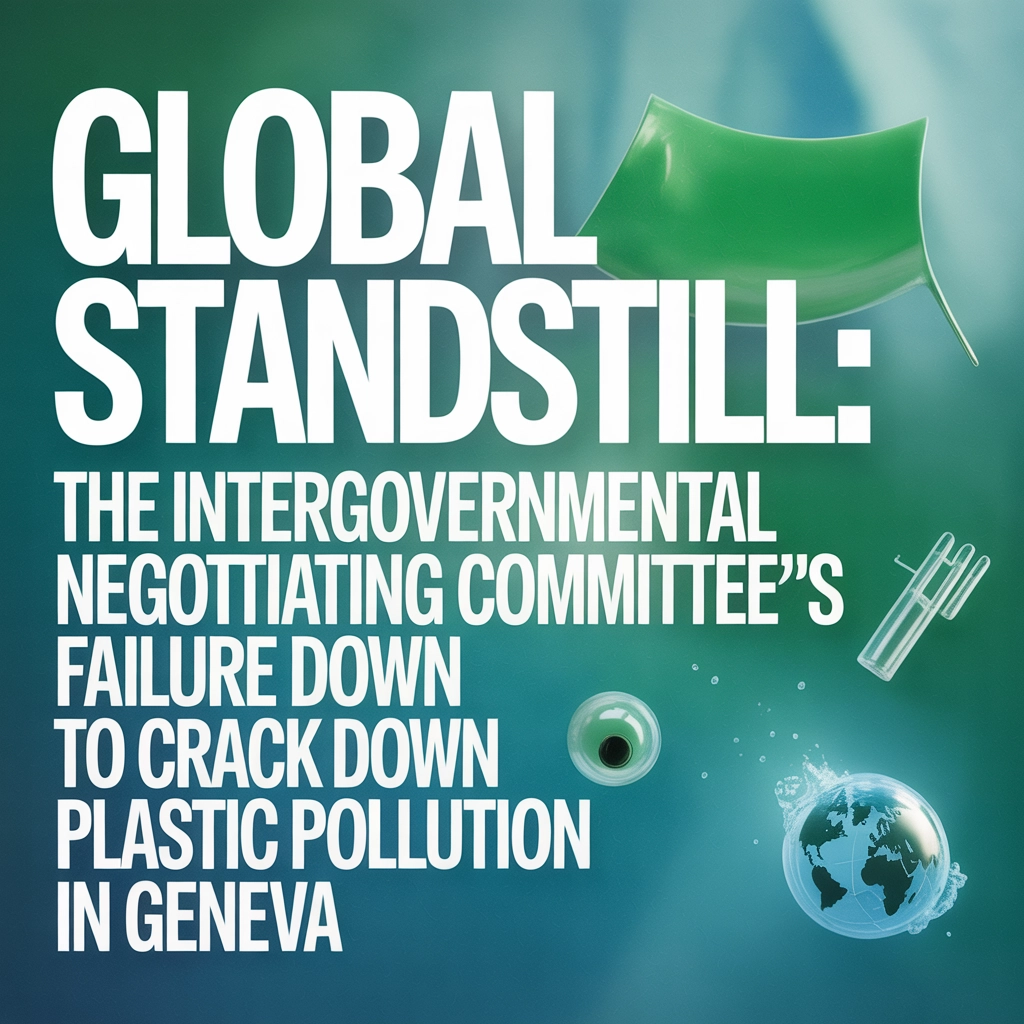
The hopes of a landmark global pact to reverse runaway plastic pollution came crashing down on August 15, 2025, when the Intergovernmental Negotiating Committee (INC) concluded their latest round of negotiations in Geneva without agreement. What was meant to be a defining moment for global environmental governance instead became a reminder of the challenges that stall international efforts to tackle urgent ecological threats.
Deadlock Over Key Issues
After 11 days of talks, delegates walked away with no treaty and few tangible outcomes. The core sticking points? Two fundamental issues:
- Should the treaty include enforceable limits on plastic production?
- How should regulators manage the toxic chemicals used in plastic manufacturing?
Many delegations from nations most vulnerable to the effects of plastic pollution pushed hard for clear, enforceable caps on global plastic output. However, petrochemical-producing countries, including key economic powers, dug in their heels and refused to sign up for any text that limited production. The United States and several Gulf states argued for a focus on recycling, waste management, and technical solutions, rejecting binding restrictions on new plastic output.
The second sticking point—regulation of chemicals—centred on substances like PFAS (so-called "forever chemicals") and other additives already shown to pose serious health risks. While the EU, Pacific nations, and a coalition including Norway and Canada advocated for strict chemical controls, others insisted such measures would be disruptive to trade or too costly for developing economies to implement.
Missed Deadlines, Growing Frustration
This breakdown in Geneva comes hot on the heels of a similar failure at the closing meeting in Busan in December 2024, where the negotiating committee missed its original deadline to finalise a legally binding treaty text. Instead of consensus, negotiators agreed to resume talks in 2025. The Geneva session—originally conceived as a last best chance to deliver on the promise of a global plastics treaty—ended in the same deadlock.
By the time delegates gathered in Switzerland, 250 days had already passed since the original deadline. Hopes were low, and the atmosphere during the final plenary session was heavy with frustration. Positions calcified: developed nations pointed to alarming growth in plastic production, while others claimed unfair economic disadvantage or sought further technical assistance.
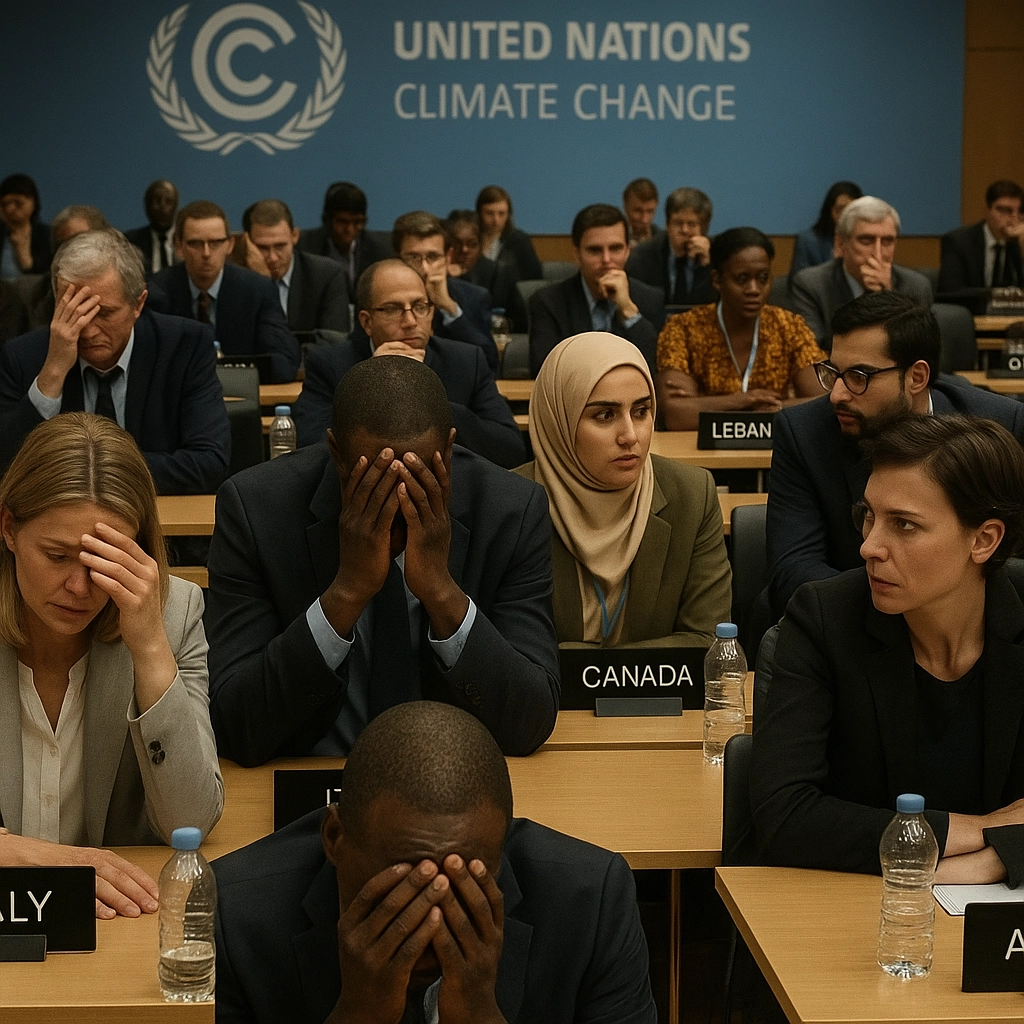
The Real Cost: Environmental and Health Risks Escalate
This failure to reach a deal leaves the world’s plastic crisis unchecked and accelerating. Here’s why it matters:
- Plastic production continues to rise: Global plastic production is projected to double by 2040 if no action is taken—a scenario that virtually guarantees more plastic in the oceans than fish by mid-century.
- Plastic breaks down, but never disappears: Sunlight, wind, and water break plastics into microscopic fragments, contaminating soils, rivers, oceans, and drinking water. These microplastics now routinely turn up in our food, our bodies, and even the air we breathe.
- Toxic chemicals enter the food chain: Additives used in plastic production—including PFAS and phthalates—have been linked to cancer, hormone disruption, and reproductive harm. Without global control, these toxic substances will continue to accumulate in ecosystems and people.
- Wildlife and livelihoods at risk: Oceans crowded with plastic debris kill marine mammals, choke seabirds, and decimate fisheries. Coastal communities and island nations, already overwhelmed by plastic tides, must now wait even longer for international support.
Despite decades of evidence and growing scientific alarm, the Geneva impasse shows that the world lacks not just technical solutions, but collective political will. You can learn more about the environmental impacts of plastics by visiting our sustainability work.
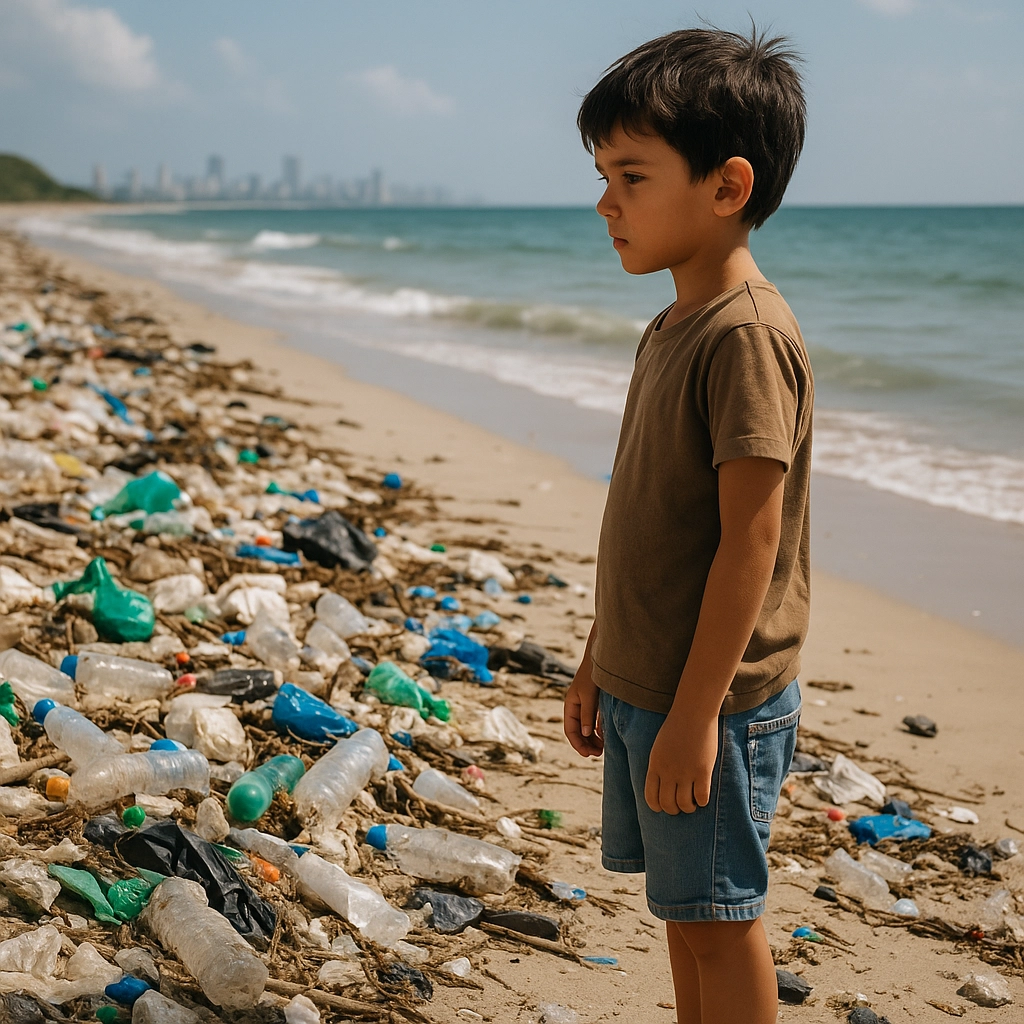
Why a Global Treaty Is Needed
Local initiatives and well-intentioned national bans are not enough. Plastic is global: produced in one country, used in another, tossed out in a third, and ending up in the global commons—our oceans and atmosphere. A truly meaningful solution would:
- Set legally binding limits on virgin plastic production
- Phase out the most harmful chemical additives
- Drive investment into sustainable design and circular economies
- Provide support for developing nations to tackle plastic waste
- Ensure transparent reporting and global accountability
These elements were all up for negotiation in Geneva—and none were agreed upon. For communities on the front line, the cost of delay is measured in polluted beaches, ruined fisheries, health challenges, and lost opportunities.
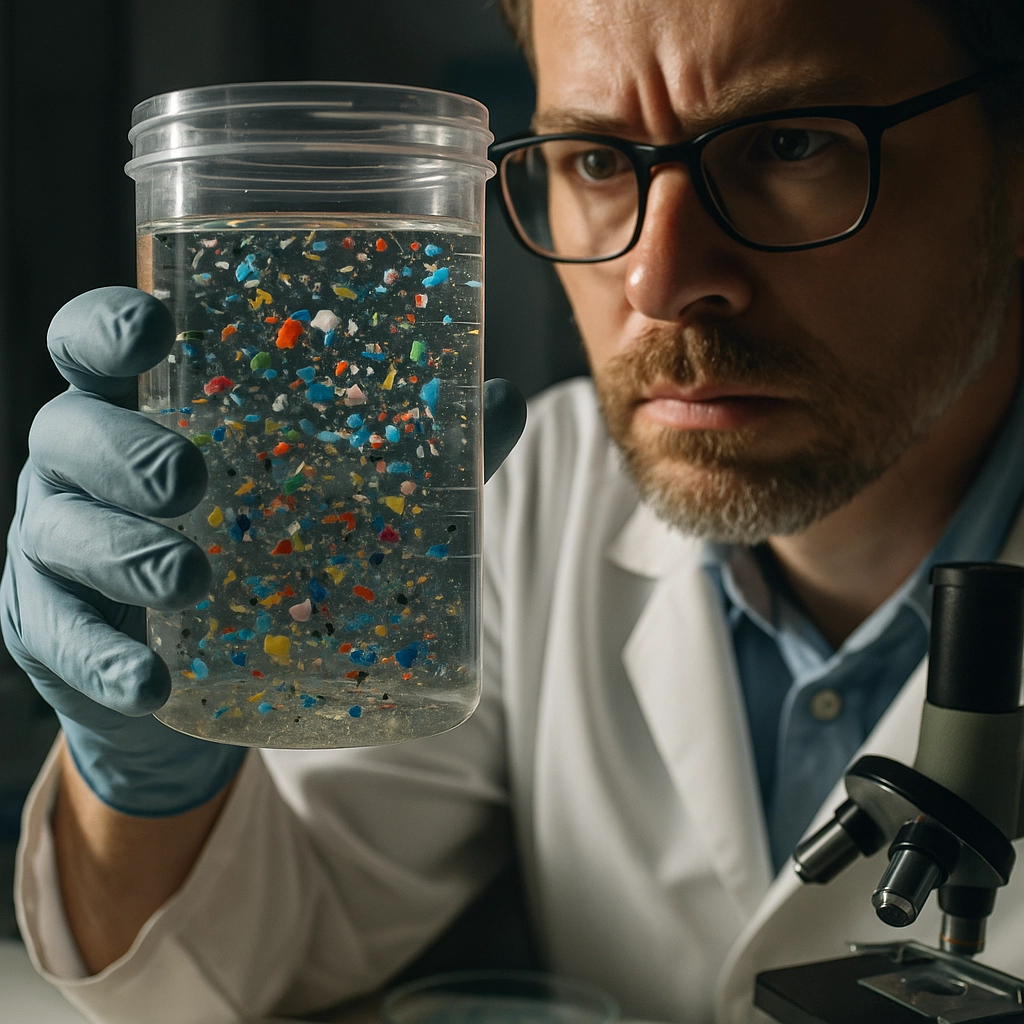
The Political Fault Lines
Understanding the deadlock means unpacking the politics. Here are the key hurdles:
1. Petrochemical Powerhouses vs. Environmental Coalition
Countries with large petrochemical industries—where plastics are big business—resisted any legally binding cap on production. The U.S., Saudi Arabia, Russia, China, and others advocated focusing the treaty on downstream solutions, like recycling and waste pick-up, pointing to national sovereignty and economic development.
Meanwhile, the EU, Pacific Island states, and numerous NGOs argued forcefully that without tackling the flood of new plastic entering the system, downstream solutions are "mopping up the bathtub with the tap running." For these countries, voluntary commitments lack teeth.
2. North–South Divide
Developing countries voiced concerns that tough new standards and regulations would shift burdens onto them, especially if appropriate financing and technology transfers were not guaranteed. Some countries argued they are bearing the brunt of pollution generated elsewhere, and want support to upgrade waste management infrastructures.
3. Costs and Trade-Offs
Negotiators clashed over who should pay for treaty implementation—and how—while businesses lobbied to keep options open for innovation within the plastics industry. The result? No consensus on funding mechanisms or global technical assistance.
What Happens Next: Uncertain Road Ahead
With this collapse, hopes for a robust treaty in the near term seem further away than ever. But the issue isn’t dead—yet. Here’s what’s on the table going forward:
- UN Environment Assembly: Progress, or at least a summary of where the process stands, will be reported at the UN Environment Assembly in Kenya this December. This may shuffle priorities but is unlikely to yield dramatic breakthroughs.
- Interim National Efforts: Some nations and blocs, frustrated by the lack of progress, are exploring alliances or unilateral initiatives to cap production and toughen chemical controls.
- Grassroots and Private Sector Pressure: NGOs, researchers, and responsible brands continue to urge adoption of best practices regardless of treaty progress, pushing for national plastic bans, microplastic controls, and investment in alternatives.
As UN Environment chief Inger Andersen noted, “multilateralism is not easy, especially when the stakes and the interests are so high.” She urged delegates not to despair, but admitted that, “red lines have now been mentioned in a true way.”
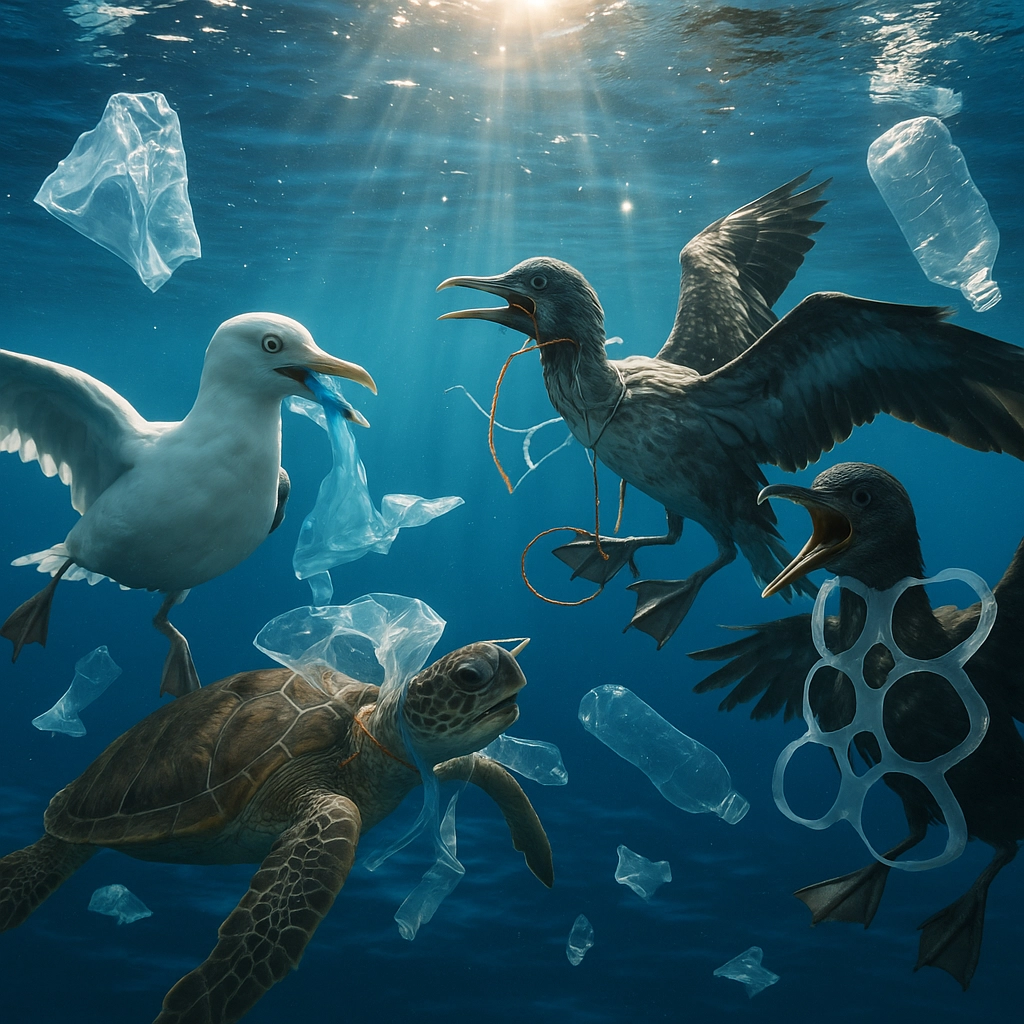
The Environmental Cost of Delay
Every year the treaty is delayed, another 300 million tonnes of plastic waste are generated and only a fraction ever gets recycled. The biggest losers are coastal and riverine communities, indigenous populations, and fragile ecosystems.
The longer governments spend talking, the higher the stakes get for:
- Disease and toxins in the human food chain
- Endangered wildlife and coral reefs
- Future generations inheriting a toxic, plastic-laden planet
Every day without a global plan sees another truckload of plastic dumped into our waterways—the very reason the world needed such a treaty in the first place.
Where Do We Go From Here?
While politicians argue, individuals and organisations need to keep the pressure on—demanding bold action, backing businesses that lead on sustainability, and supporting innovation that redesigns our relationship with plastic.
Our commitment at Team Britannia PR remains fixed: amplifying stories of action, holding decision-makers accountable, and highlighting pioneering solutions. For more about how we support sustainability and environmental leadership, visit our sustainability page or connect with us here.
